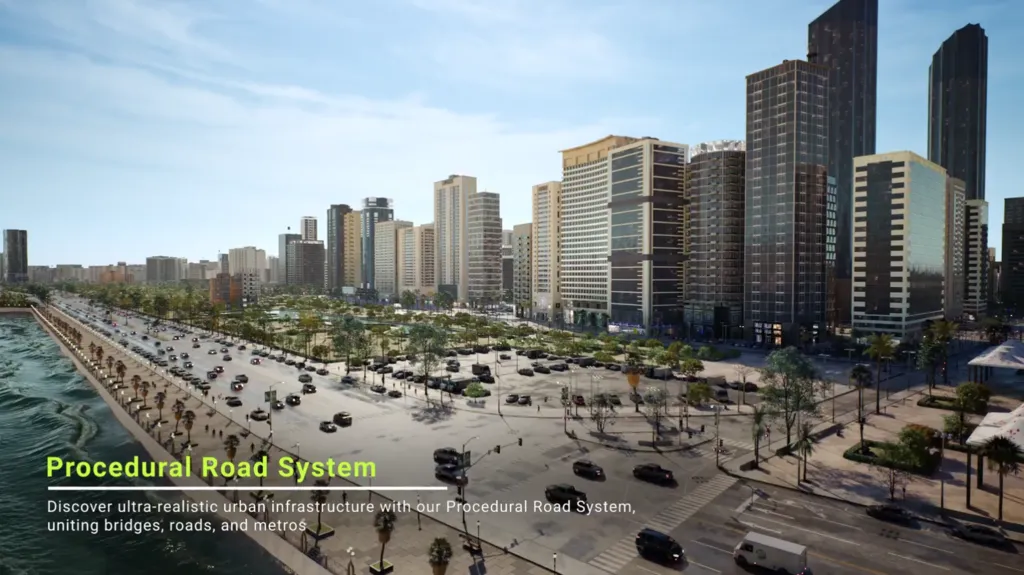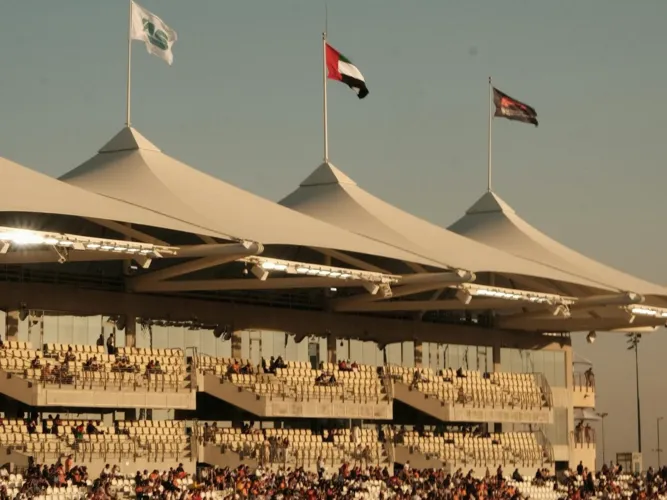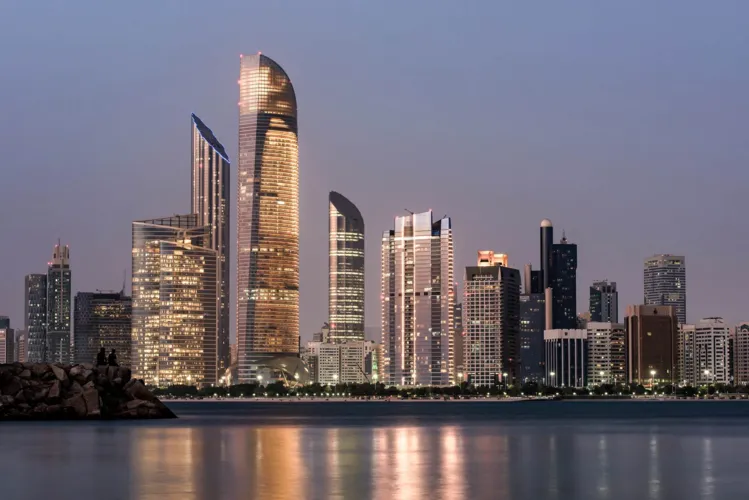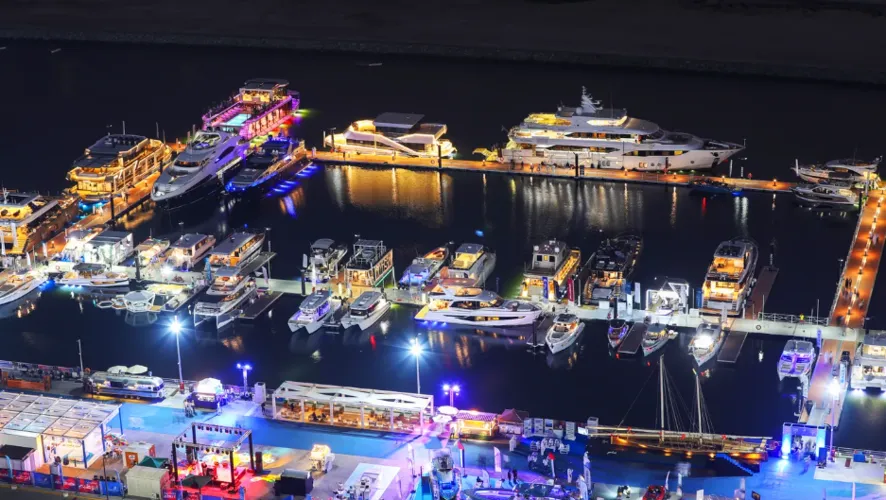Abu Dhabi Digital Twins in Urban Planning Fuel 45.64% Market Growth
Digital twins—real-time virtual replicas of physical systems—are rewriting the playbook for how cities think, plan, and evolve. As urban complexity spikes and infrastructure demands grow, these dynamic simulations offer planners a smarter way to model change before committing to it physically. In the UAE, this approach is fueling a high-speed expansion in adoption, with the national digital twin market projected to grow at a 45.64% compound annual growth rate by 2030. At the heart of this transformation, Abu Dhabi Digital Twins in Urban Planning are emerging as a cornerstone strategy.

Scenario Modeling and Infrastructure Forecasting Improve City Efficiency
With digital twins, Abu Dhabi’s urban planners can now run simulations that test how traffic flow, energy systems, and public services respond to population shifts or zoning changes. These data-driven models help identify pressure points before they occur—be it rush hour gridlock or utility overload. In newly developed zones, Abu Dhabi Digital Twins in Urban Planning allow for iterative design, ensuring roads, utilities, and public services are laid out with future scalability baked in.
Faster Planning Cycles: From Masterplans to Execution
Unlike traditional planning workflows reliant on physical site visits and static blueprints, digital twins can condense months of analysis into days. Abu Dhabi uses these tools to visualize how infrastructure proposals fit into the surrounding urban fabric. For example, planners can simulate how sunlight affects building orientation, or how walkability scores shift with minor layout adjustments. The impact of Abu Dhabi Digital Twins in Urban Planning is not just in the visuals—it’s in faster approvals and fewer costly revisions.
GIS, IoT, and AI: The Tech Stack Behind Abu Dhabi’s Twin Models
Behind every successful digital twin is a blend of geospatial data, Internet of Things sensors, and artificial intelligence. In Abu Dhabi, real-time sensor inputs—from traffic counters to environmental monitors—are fed into urban models to make simulations more responsive and accurate. These twins also benefit from GIS layering, enabling planners to analyze soil conditions, elevation, and flood risk within a single, interactive interface. This multi-input approach keeps Abu Dhabi Digital Twins in Urban Planning grounded in reality, not just design intent.
Case in Point: PropVR’s City Modeling Supports Fast Visualization
A notable example comes from PropVR’s photorealistic modeling of Abu Dhabi, built using procedural generation and city-scale mapping. While originally built for real estate and stakeholder engagement, this immersive twin environment now supports masterplan visualization and pre-build exploration—demonstrating how twin tech can bridge functional and experiential planning. Though not directly tied to policy, it showcases how tools like this enrich Abu Dhabi Digital Twins in Urban Planning with speed and fidelity.
What’s Next: From Simulations to Operational Twins
Looking ahead, the focus will likely shift from planning twins to operational twins—where real-time data can be used to manage lighting, energy grids, and emergency response systems across Abu Dhabi. With foundational infrastructure in place and ongoing R&D support, the emirate is primed to scale its twin ecosystem well beyond visualization. Abu Dhabi Digital Twins in Urban Planning may soon extend into construction phasing, live infrastructure monitoring, and adaptive policy design.
Also Read: From Static to Simulated: Abu Dhabi’s Twin Tech Surge








